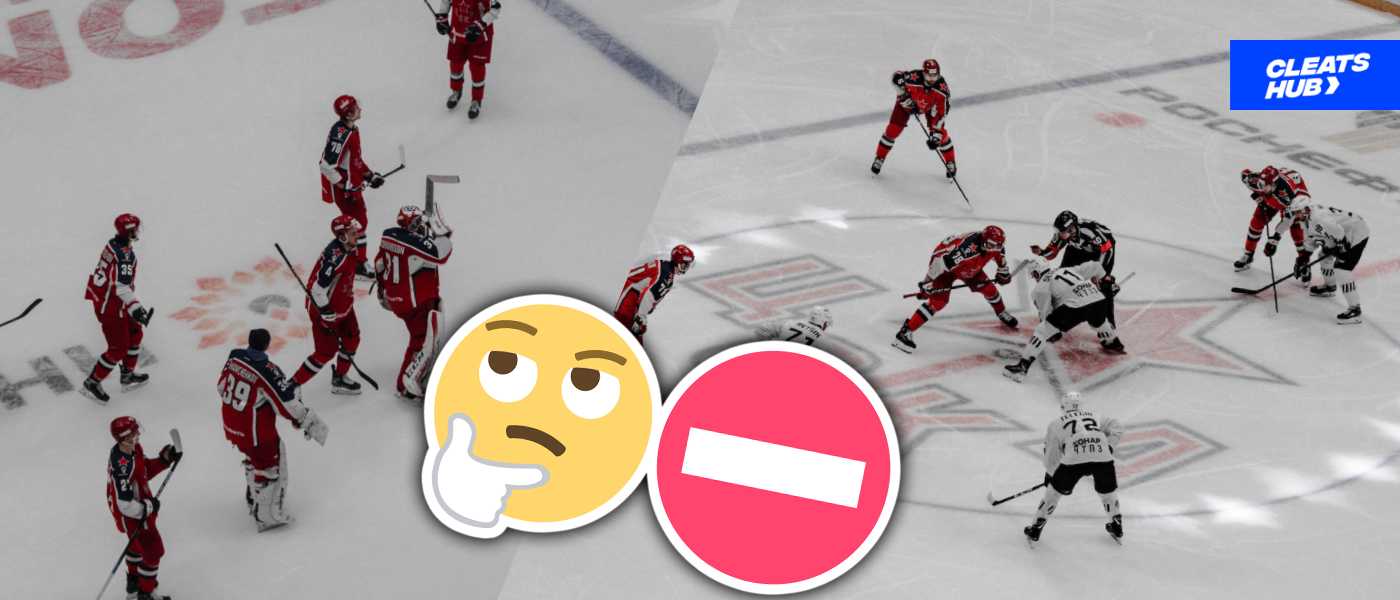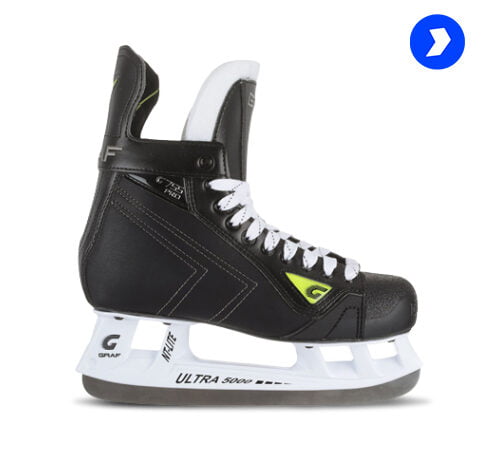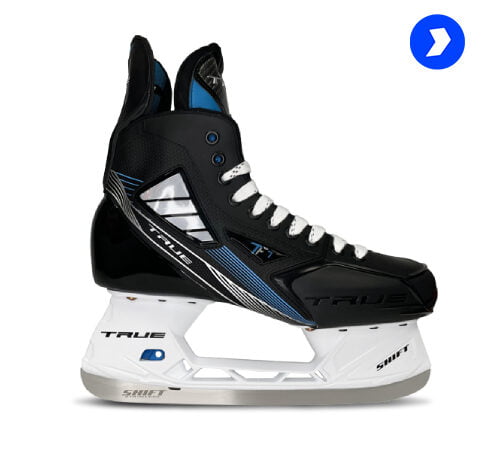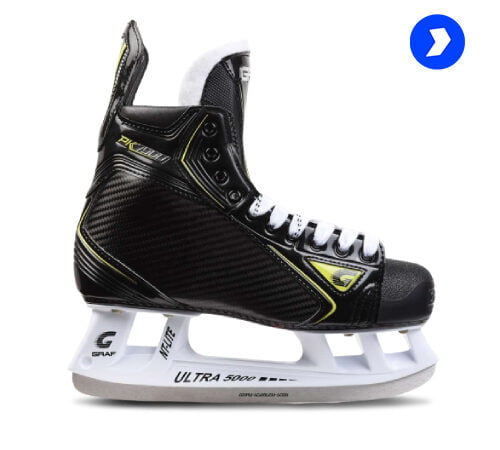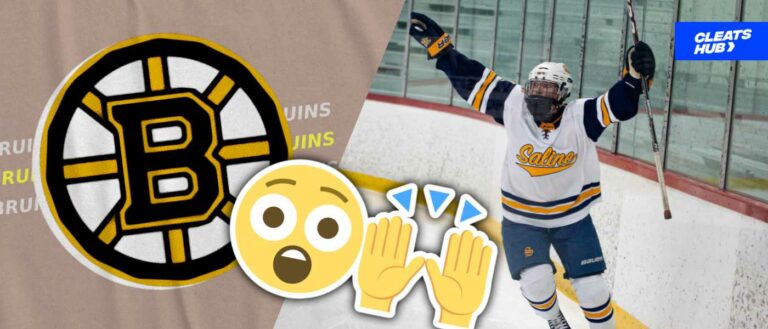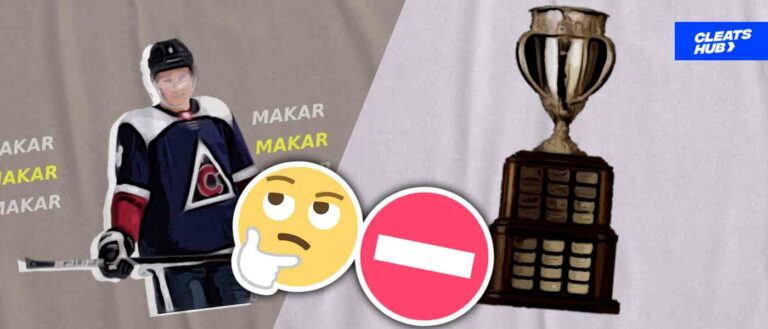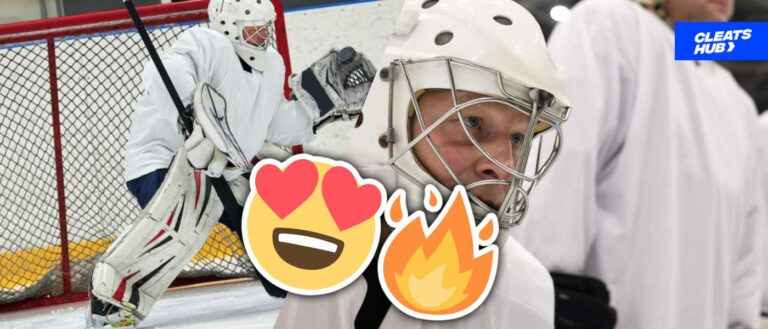What Is A Hand Pass In Ice Hockey? NHL Hand Pass
Ice hockey uses a variety of passes and passing strategies. From the cross-ice pass, drop pass, no-look pass, and much more. But the hand pass is the most divisive passing method there is. In ice hockey, what exactly is a hand pass?
Hand Pass In Ice Hockey
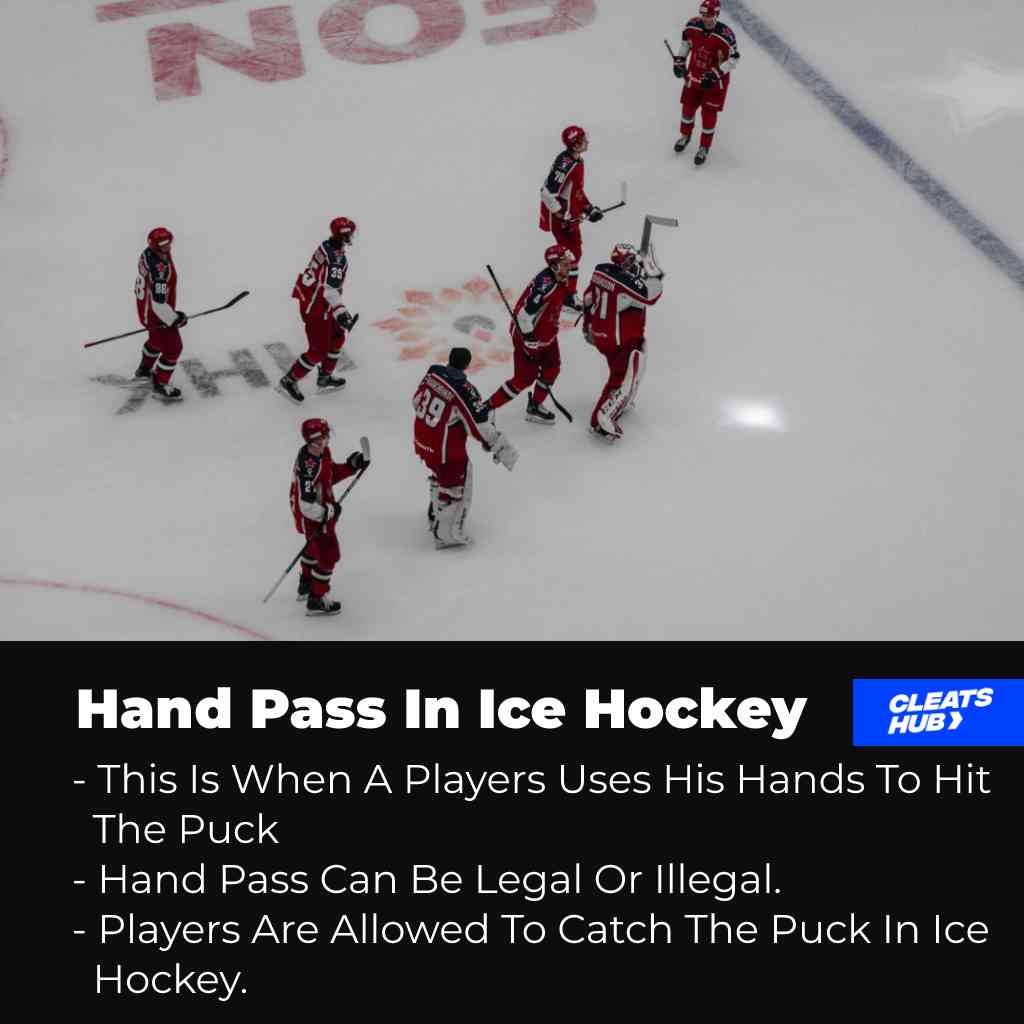
When a player hits the puck to a teammate with his hand while it is in the air, it is known as a hand pass in ice hockey. Ice hockey hand passes are permitted, but they may also be considered infractions if a player smacks the puck to a teammate who is not in the defensive zone.
A game halt is triggered whenever a player passes the puck with his hand to a teammate who is not in the defensive zone but is instead in the neutral or offensive zone.
A player may also stop or catch the puck with their hands in ice hockey, but they must immediately place it on the ice. Following a successful catch, players are not permitted to hold, toss, or retain the puck in any way
Rules Of Hand Pass
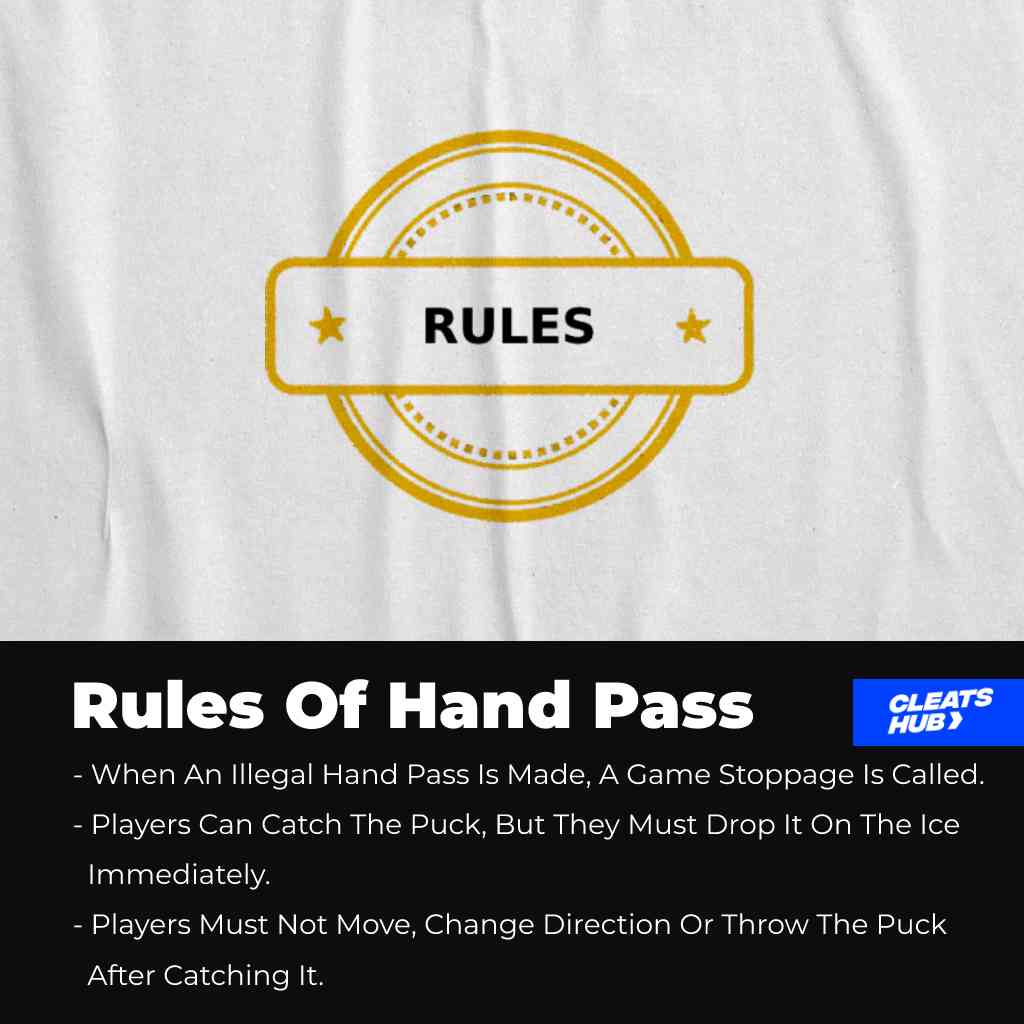
According to the hand-pass regulations for ice hockey, players are allowed to hit the puck with their hands in any direction without the game being stopped. However, if the official determines that a teammate who is not in their own defensive zone intentionally hit with the puck, the game will be stopped and a playoff will be held (Rule 67.1).
A player must instantly drop the puck into the ice if he uses his hand to catch it, according to another hand pass rule. He will be given a penalty for “closing his hands on the puck” if he moves while holding the puck (Rule 79.1).
Penalty For Illegal Hand Pass
When a player makes a hand pass in the offensive or neutral zones, the game is paused, and a playoff is started at the playoff point that is closest to the hand pass’s location.
When a hand pass violation has occurred, the ensuing face-off shall take place at the nearest face-off spot in the zone where the offense occurred, unless the offending team gains a territorial advantage, then the face-off shall be at the nearest face-off spot in the zone where the stoppage of play occurred, unless otherwise covered in the rules.
When a hand pass violation occurs by a team in their attacking zone, the ensuing face-off shall be conducted at one of the face-off spots outside the defending team’s blue line in the neutral zone.
NHL Rule 79.3
The opposition team’s coach may raise a challenge against a goal if an unlawful hand pass in the attacking zone results in a goal but is missed by the referee. The goal will be reversed if it is determined that the guilty team made an unlawful hand pass.
Moreover, a two-minute minor penalty is assessed for not dropping the puck right away after catching it or for tossing the puck after catching it in any direction.
How Long Can A Player Hold The Puck After Catching It?
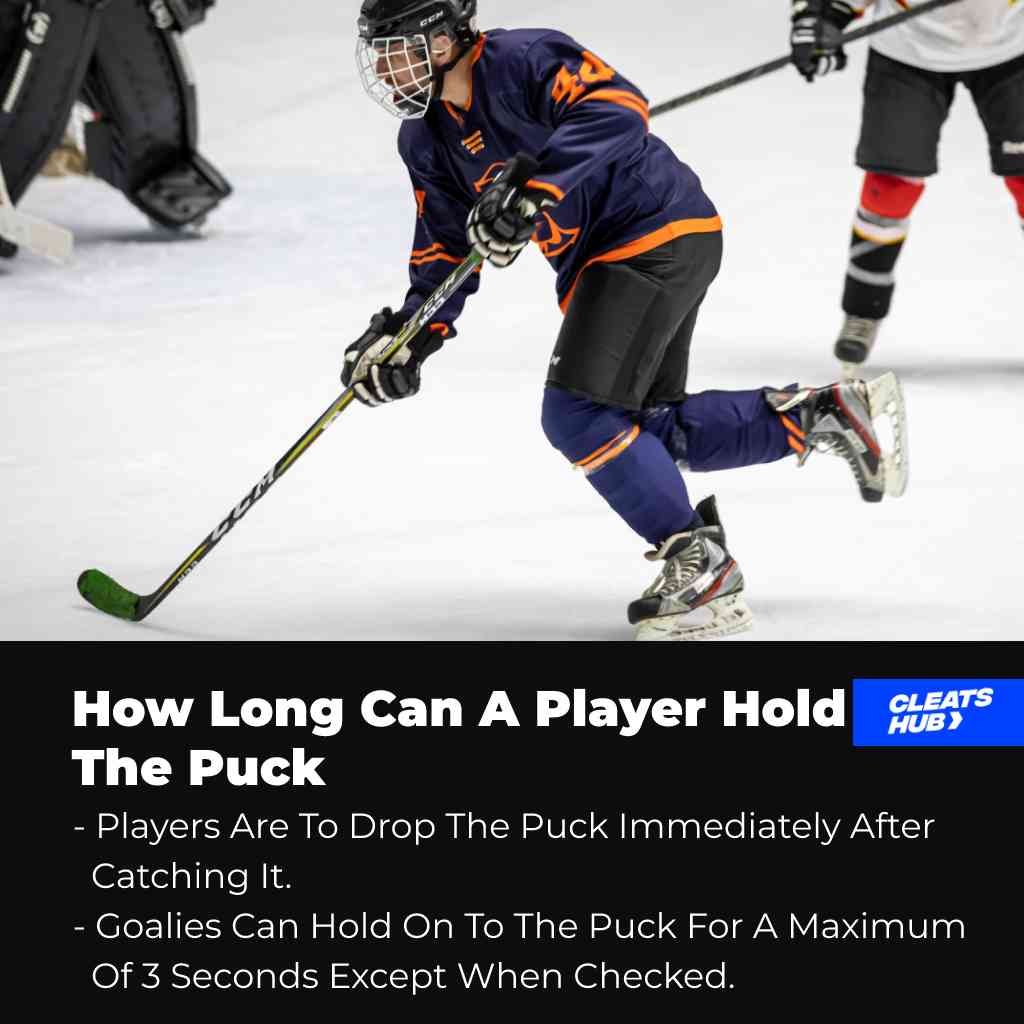
After catching the puck, players are not allowed to retain it for more than one second. They are forced to drop the puck as soon as they catch it. For goalies, the rule is slightly different, though.
After catching the puck, goalies are permitted to hold it for up to three seconds in their hands. Only when they are being checked are they permitted to keep it for a longer period of time.
A goalkeeper who holds the puck with his hands for longer than three seconds shall be given a minor penalty unless he is actually being checked by an opponent. The object of this entire rule is to keep the puck in play continuously and any action taken by the goalkeeper which causes an unnecessary stoppage must be penalized without warning
NHL Rulebook
Scenarios Of Hand Pass In The NHL
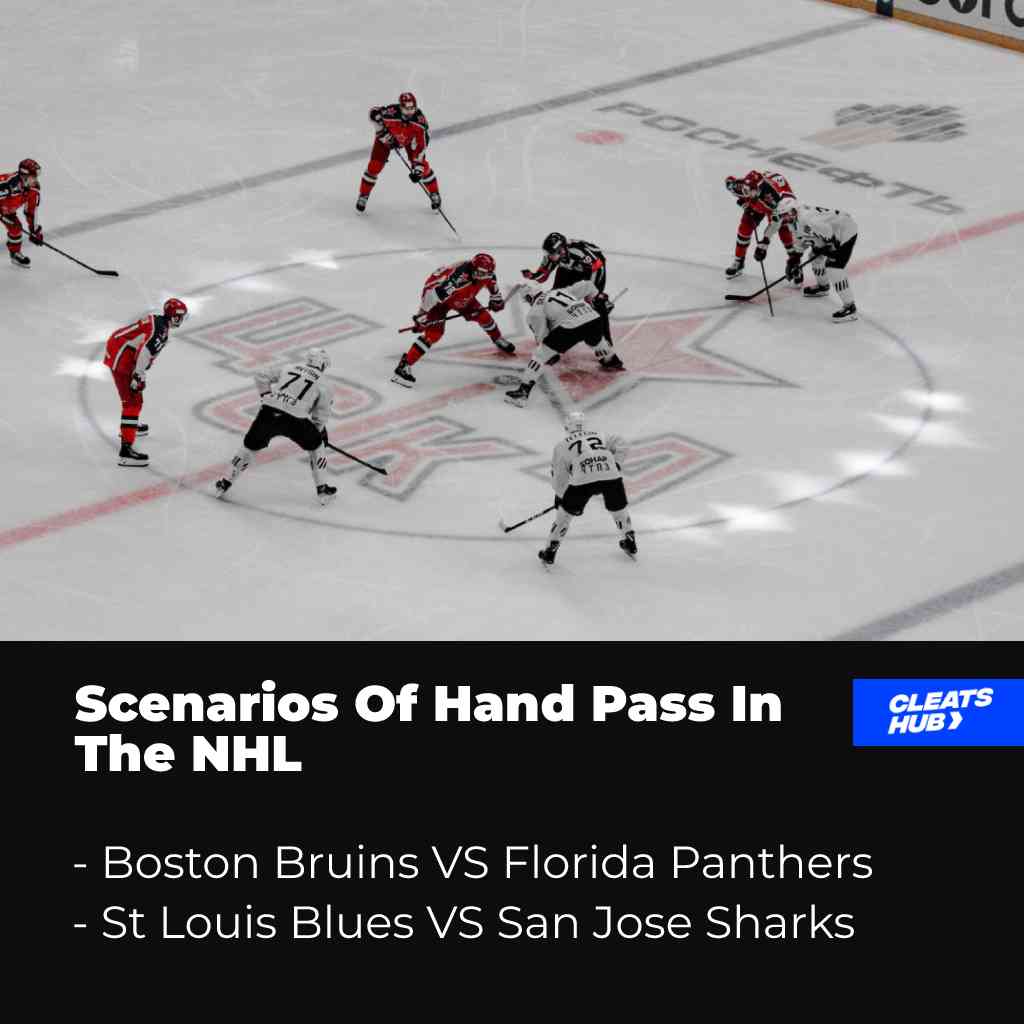
There are two scenarios of hand passes in the NHL. The first one is in a recent game between the Bruins and Panthers, and the second is between the Blues and Sharks.
Boston Bruins VS Florida Panthers
A hand pass was made during a game between the Florida Panthers and the Boston Bruins that resulted in the goal being disallowed. The Bruins went on to score the third goal, breaking the tie 2-2, and moving one point ahead of the Panthers (3-2).
Due to an illegal hand pass that led to the third goal against the Panthers, the Panthers’ coach challenged the goal after it was scored. Jake DeBrusk made the handpass while being pushed to the ground by Panther defenseman Gustav Forsling. He hit the puck with the tip of his finger.
He whacked the puck with his hand, which caused it to slide just enough for his teammate Patrice Bergeron-Cleary to grab it.
The goal was eventually declared void by the officials because of the hand pass that happened in the offensive zone.
St Louis Blues VS San Jose Sharks
The Sharks won the series thanks to a highly contentious hand pass in Game 3 of the 2019 Stanley Cup playoffs between the Blues and the Sharks.
The Sharks scored a goal in overtime. When he collapsed to his knees, Timo Meier was engaged in an offensive zone attack. He smacked the ball with his hands while it was in the air, and his teammate caught it before passing it to Erik Karlsson, who then scored a goal.
Can A hand Pass Goal Be Reviewed?
The NHL made hand passes in the offensive zones reviewable following the incident involving the Sharks and Blues. This implies that a hand pass that occurs in the attacking zone or the defensive zone of your team can be examined by looking at the camera evidence.
This is what occurred during the hand-pass review between the Bruins and Panthers before a decision was made. Moreover, the Bruins’ goal was disallowed in this instance.
The hand pass, however, is not legible for review if it occurs in the neutral zone and the referee misses it.
Related Post: How Many Timeouts Are In Ice Hockey?
Conclusion
You should have a better understanding of hand passes in ice hockey as well as what they mean and when they are considered legal or illegal. So next time you are watching an ice hockey game and you see a player touching the puck with his hands, you know when it is a legal or illegal hand pass.
Thanks for reading.
Psstt…. The Top Performing Cleats

